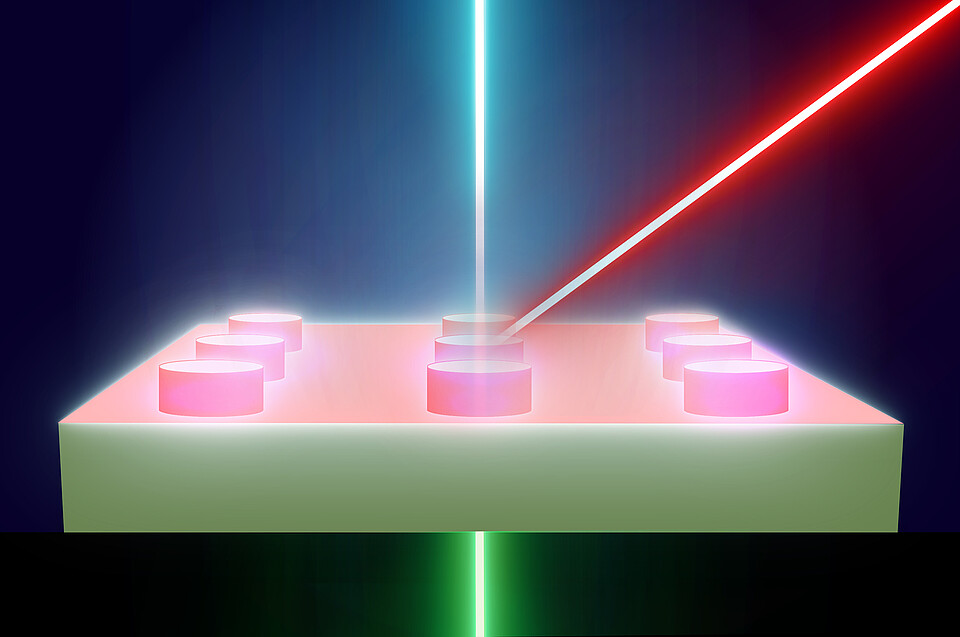Nano Revolution: Max Planck Scientists Unveil Invisible Structures

New microscopy technique allows scientists to see the unseen, paving the way for flatter, more efficient optical devices. - © FHI
In a groundbreaking development, scientists at the Fritz Haber Institute of the Max Planck Society in Berlin have unveiled a revolutionary microscopy technique that allows visualization of previously invisible nanostructures. This breakthrough, detailed in their recent publication in Advanced Materials, promises to transform our understanding and application of metamaterials.
According to the institute's press release, the research team spent over five years developing this innovative method. By ingeniously "trapping" one color of light within a nanostructure and mixing it with a second color, they've managed to reveal the hidden world of nanoscale optical metamaterials.
This new technique offers simultaneous insights into both nano and macro structures of materials, overcoming longstanding limitations in the field. It's particularly significant for metasurfaces – engineered materials with unique properties arising from their nanoscale building blocks.
The implications of this discovery are far-reaching. It paves the way for advancements in lens design, potentially leading to flatter, more efficient optical devices. Moreover, it opens up possibilities for developing novel light sources and coherent thermal light sources.
"We're just at the beginning," the research team states, emphasizing the vast potential of their work. By providing a complete view of nanostructure performance, this technique could revolutionize flat optics, enabling the miniaturization of 3D optics to 2D.
The research utilized the unique capabilities of the Free Electron Laser at the Fritz Haber Institute, highlighting the importance of advanced facilities in pushing the boundaries of scientific discovery.




